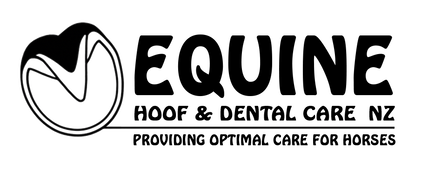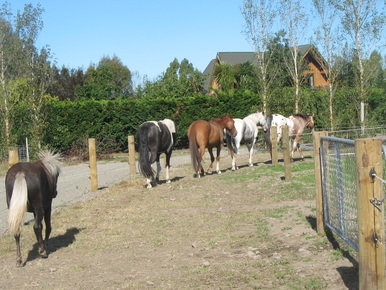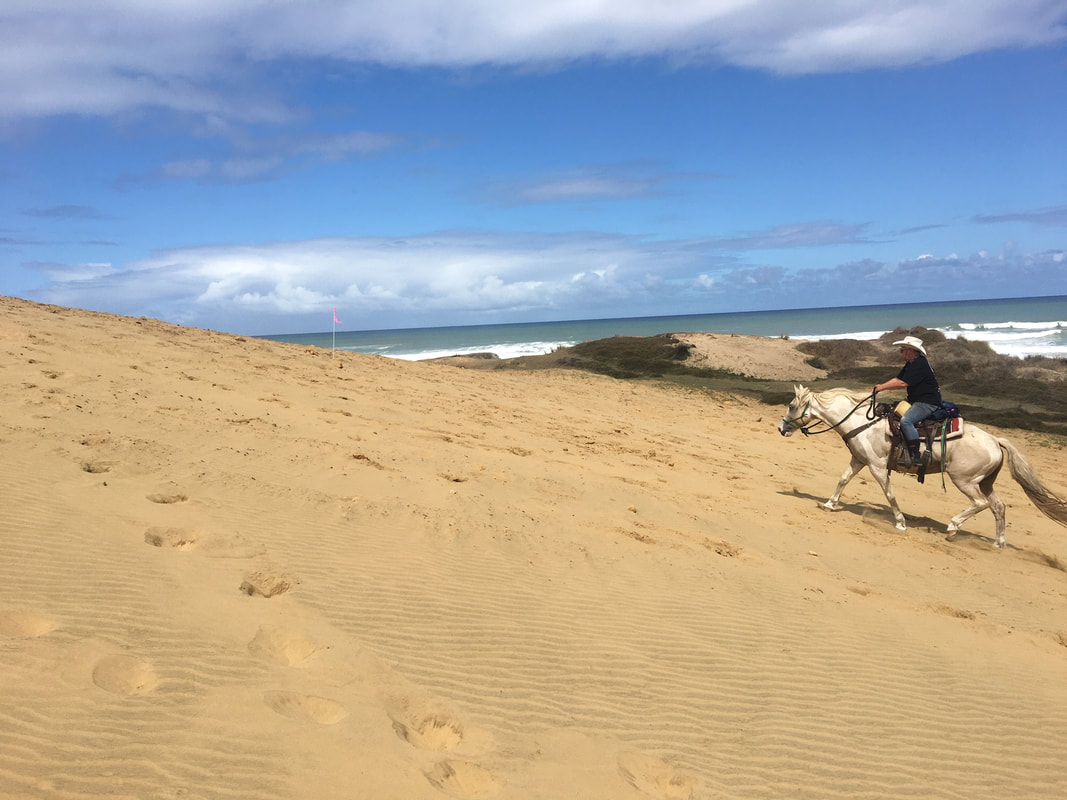Natural Low-Head PostureThe horse is not like a human that has a day-night rhythm. They graze (on their feet) for about 18 to 20 hours per day and then sleep or rest for about 4 to 6 hours per day, but not all at once. They can stand using neutral energy, because the joints in their legs can fix at certain angles (stay apparatus) through tendons and ligaments being in balance. Hooves do need to be kept at certain angles for this to take place. They also have a natural low-head posture when grazing and moving to maintain correct muscle development.
|
|
The position of a horse's head is especially important as this affects the horse's entire body. The nuchal ligament runs from the horse's head to its withers, where its two parts unite to form the supraspinous ligaments, commonly called the 'dorsal ligament'. As the horse stretches its head down towards the ground, the withers are pulled forward by this ligament. This means the shoulder is also pulled forward and the muscle groups and sheaths in this area are drawn tight. The tension from this pulls the fetlock up. When the horse's head is raised, the withers and shoulder shift back so the musculature and sheaths in the shoulder area loosen, and the flexor tendon system relaxes which allows the fetlock to lower. A grazing horse has more weight on its toe and a standing horse with its head raised has a more sloped pastern. This also creates a thicker wall at the toe than the quarter. This allows the toe not to wear too quickly. When the horse's head is down, the centre of gravity is more forward so the horse is able to hold a larger weight than if its head was up.
As we ride we should think about how the horse moves in its natural environment and ride the horse in such a manner that helps to develop the horse's muscles naturally. |



